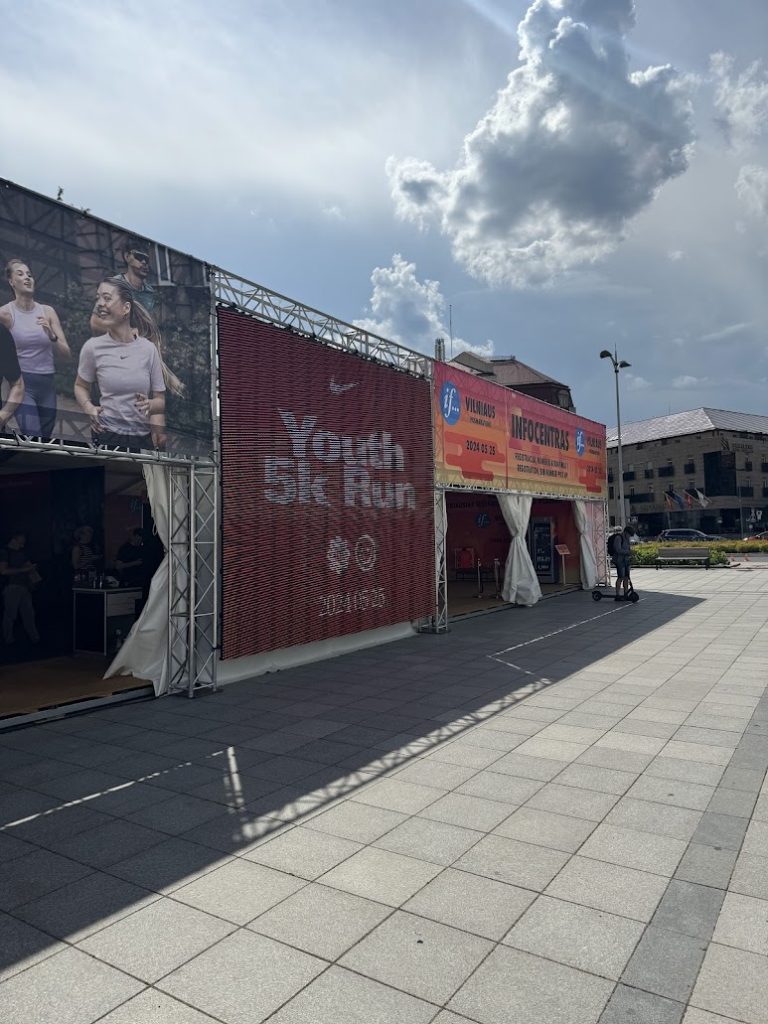Hoka Carbon X3: Comprehensive Long-Term Review for Runners
Hey runners! Have you ever wondered if the Hoka Carbon X3 is the game-changer it claims to be? Well, you’re in for a treat. Over the past few months and over than 1000km, I’ve put these shoes through their paces—literally! From marathon training to casual jogs, I’ve tested every aspect of the Carbon X3 to bring you a comprehensive long-term review. Whether you’re a seasoned marathoner or just starting your running journey, this post will give you all the insights you need to decide if these shoes are your next best investment. So, lace up and let’s dive into the nitty-gritty!
Introduction to Hoka Carbon X3
Hey there, fellow runners! If you’ve been eyeing the Hoka Carbon X3 and wondering if it lives up to the hype, you’re not alone. I was in the same boat a few months ago, curious about all the buzz around these high-tech running shoes. So, I decided to take the plunge and test them out myself. And let me tell you, the journey has been nothing short of exhilarating. From the first time I laced them up to the 1000km mark, I’ve experienced all the highs and lows these shoes have to offer. Whether it’s the ultra-lightweight feel or the impressive energy return, there’s a lot to unpack here. So, if you’re curious about what makes the Carbon X3 tick, stick around—I’ve got the scoop for you.

Now, let’s get into the specifics. One of the first things you’ll notice about the Hoka Carbon X3 is its unique design, particularly the carbon fiber plate embedded in the midsole. This feature aims to provide a spring-like effect, propelling you forward with each stride. But does it really work? In my experience, absolutely. Here’s a quick rundown of what I’ve observed:
- Comfort: The cushioning is superb, making long-distance runs much more manageable.
- Durability: After 1000km, the shoes are still in great shape, a testament to their build quality.
- Performance: The carbon fiber plate really does give you that extra boost, especially noticeable during speed workouts.
But it’s not all sunshine and rainbows. There are a few quirks you should be aware of. For instance, the fit might be a bit snug for those with wider feet, so you might want to try them on before committing. Also, while the energy return is fantastic, it does take some getting used to—especially if you’re coming from a more traditional running shoe. Overall, though, the Hoka Carbon X3 has proven to be a reliable companion for all my running adventures. Curious to learn more about the benefits of carbon fiber shoes? Check out my detailed guide here.
Design and Build Quality
Alright, let’s talk about the design and build quality of the Hoka Carbon X3. When I first unboxed these shoes, I was immediately struck by their sleek and modern design. The color combinations are not only eye-catching but also give off a vibe of speed and performance. The upper is made from a breathable mesh material that feels both lightweight and durable. This is a huge plus for those long-distance runs where breathability can make a world of difference. Have you ever had shoes that felt like they were suffocating your feet? Well, that’s definitely not the case here.
One of the standout features of the Carbon X3 is its carbon fiber plate embedded in the midsole. This isn’t just a gimmick; it genuinely provides a responsive and propulsive feel with every stride. Over the past few months, I’ve put these shoes through various conditions—rain, mud, and even some rocky trails—and they’ve held up remarkably well. The outsole shows minimal wear, which speaks volumes about its durability. Here are a few key points that stood out to me:
- Upper Material: Breathable and lightweight, perfect for long runs.
- Midsole: Carbon fiber plate for added propulsion and responsiveness.
- Outsole: Durable with excellent traction, even in wet conditions.
In terms of fit, the Hoka Carbon X3 offers a snug yet comfortable experience. The toe box is roomy enough to accommodate natural foot splay, which is crucial for maintaining comfort over longer distances. If you’ve ever struggled with blisters or tightness in other running shoes, you’ll appreciate the thoughtful design here. So, if you’re looking for a shoe that combines cutting-edge technology with practical comfort, the Hoka Carbon X3 might just be your perfect match.
For those of you just starting your running journey, you might want to check out my guide on how to start running while overweight. Trust me, the right pair of shoes can make all the difference!
Comfort and Fit for Long Runs
When it comes to long-distance running, comfort and fit are non-negotiable. The Hoka Carbon X3 exceeds expectations in both these areas, making it a go-to choice for marathoners and casual runners alike. Have you ever felt that nagging discomfort after just a few kilometers? Well, with the Carbon X3, those days are behind you. From my first run to my latest 30km session, these shoes have consistently delivered unparalleled comfort. The plush cushioning feels like you’re running on clouds, while the snug fit ensures your feet stay secure without feeling restricted.

One of the standout features of the Carbon X3 is its lightweight design. Despite the ample cushioning, the shoe feels incredibly light on your feet, which is a game-changer for long runs. I remember during my Vilnius Half Marathon, these shoes made the difference between a good run and a great run. They offer just the right amount of support, preventing any unnecessary strain on your feet and legs. Here are some key points that make the Carbon X3 a top pick for long-distance runners:
- Breathable Upper: Keeps your feet cool and dry, even on hot days.
- Ample Cushioning: Provides excellent shock absorption, reducing the impact on your joints.
- Snug Fit: Ensures your feet stay in place, minimizing the risk of blisters.
- Lightweight Design: Helps maintain your energy levels over long distances.
If you’re looking to enhance your running performance, investing in a pair of Hoka Carbon X3 could be one of the smartest decisions you make. They not only offer exceptional comfort and fit but also contribute to better overall performance. For more tips on improving your running game, check out my post on 5 Key Training Techniques. Trust me, your feet will thank you!
Durability and Longevity Insights
Hey there, fellow runners! When it comes to investing in a pair of running shoes, durability and longevity are key factors we all look for, right? So, how does the Hoka Carbon X3 stack up after months of pounding the pavement? Let me share my experience. After running over 1000km in these shoes, I can confidently say that they hold up impressively well. I’ve taken them through various terrains—from smooth roads to rocky trails—and they’ve proven to be incredibly resilient. The outsole shows minimal wear, and the cushioning remains as supportive as it was on day one. I even wore them during a particularly grueling marathon, and they didn’t let me down!
One of the most remarkable aspects of the Hoka Carbon X3 is its upper material. It’s engineered to be both lightweight and durable, which is a rare combination. I’ve had shoes in the past where the upper would start to fray after a few months, but not with these. The breathable mesh still looks almost new, and the fit hasn’t stretched out at all. Here are some key points I’ve noticed:
- Outsole Durability: Minimal wear even after 1000km.
- Cushioning: Consistent support and comfort over time.
- Upper Material: Lightweight, breathable, and retains its shape.
So, if you’re wondering whether the Hoka Carbon X3 can go the distance, my answer is a resounding yes. These shoes are built to last, making them a solid investment for any serious runner. Have you tried them yet? I’d love to hear about your experiences in the comments below!
Hoka Carbon X3: Comprehensive Long-Term Review for Runners Read More »










